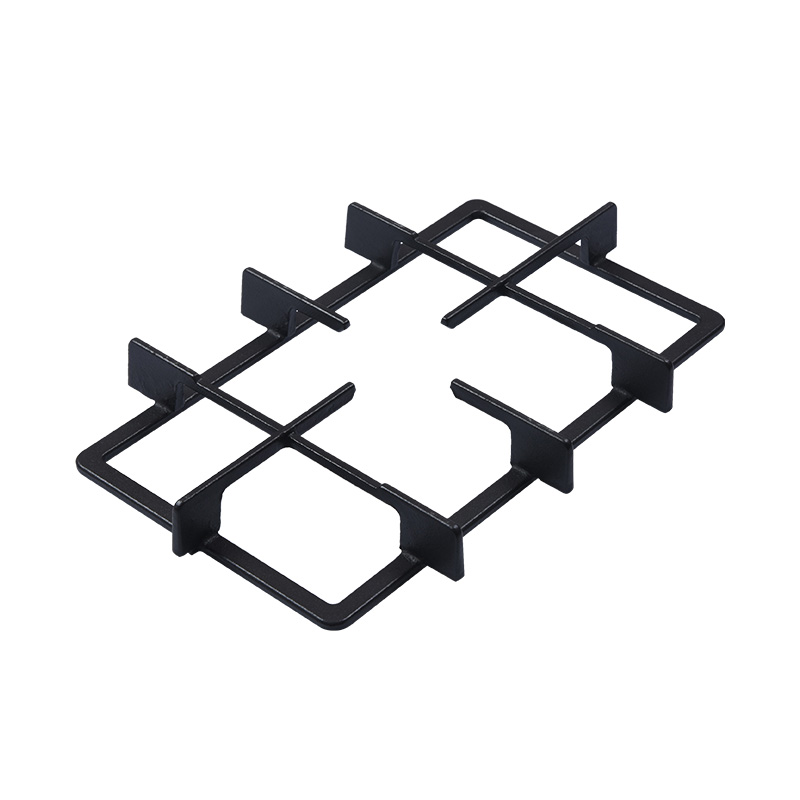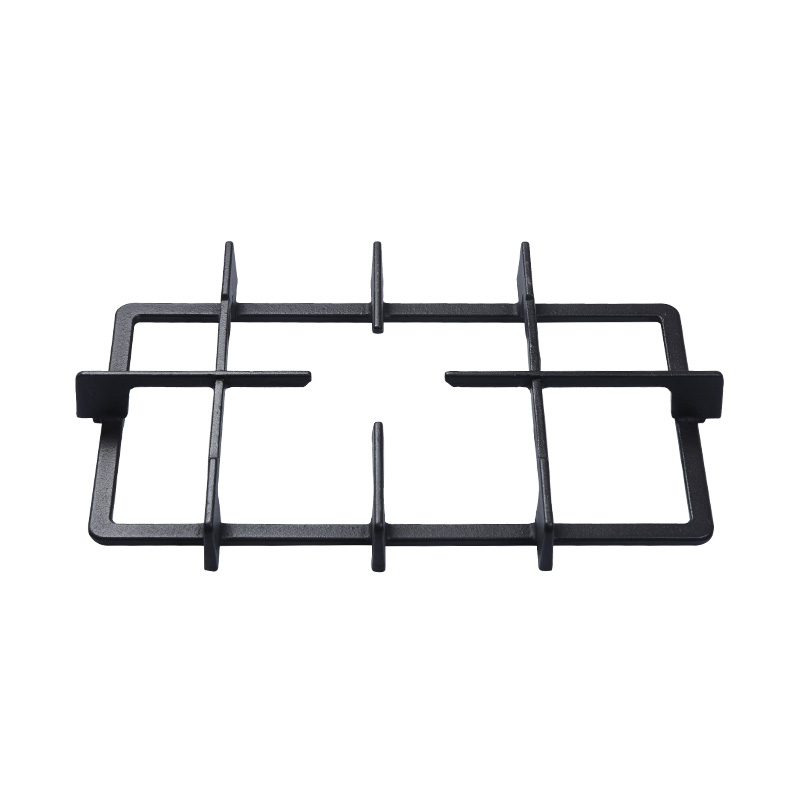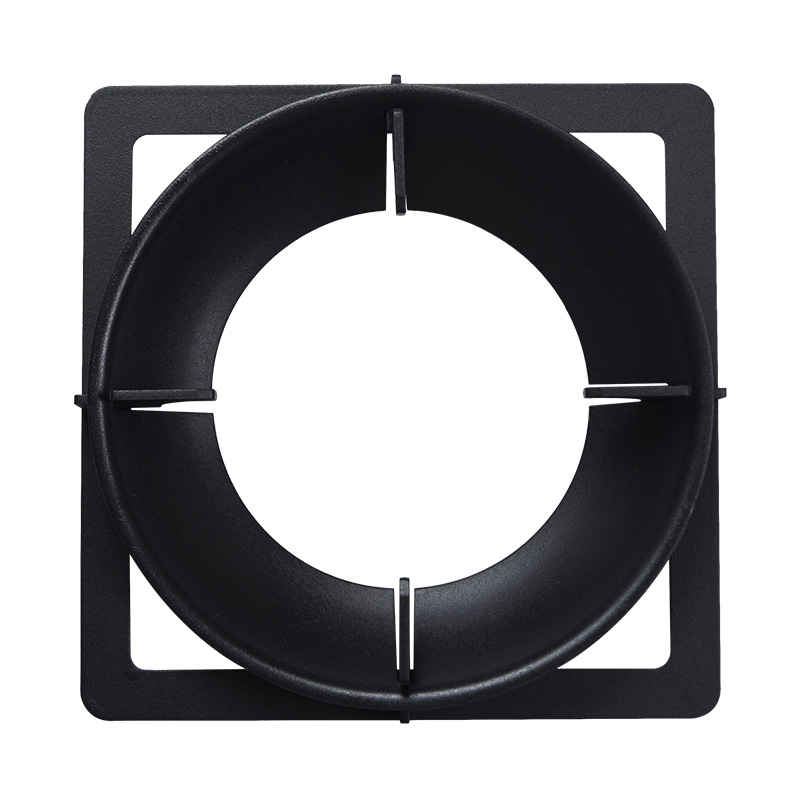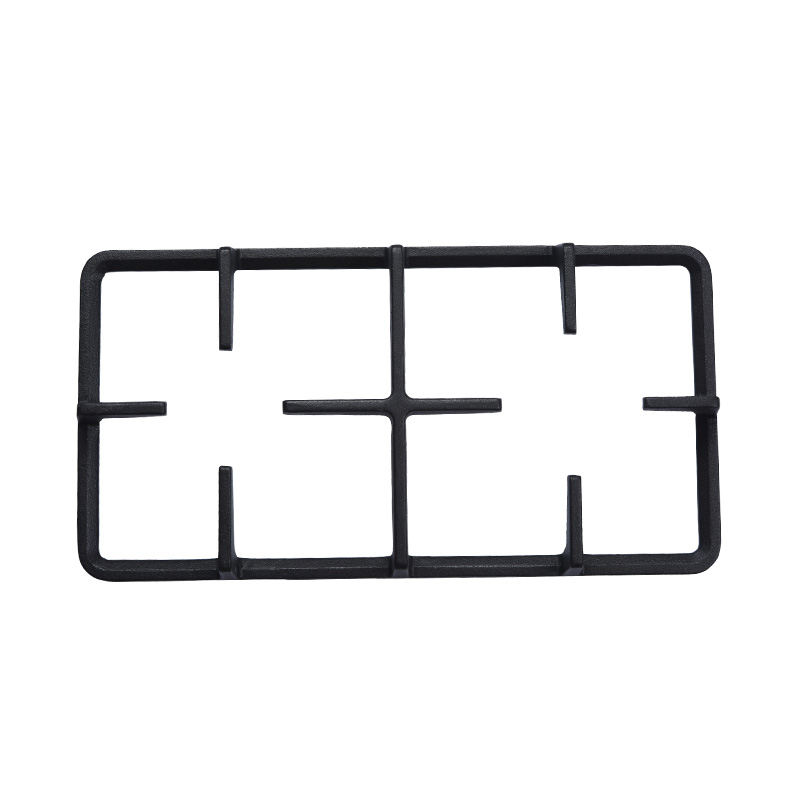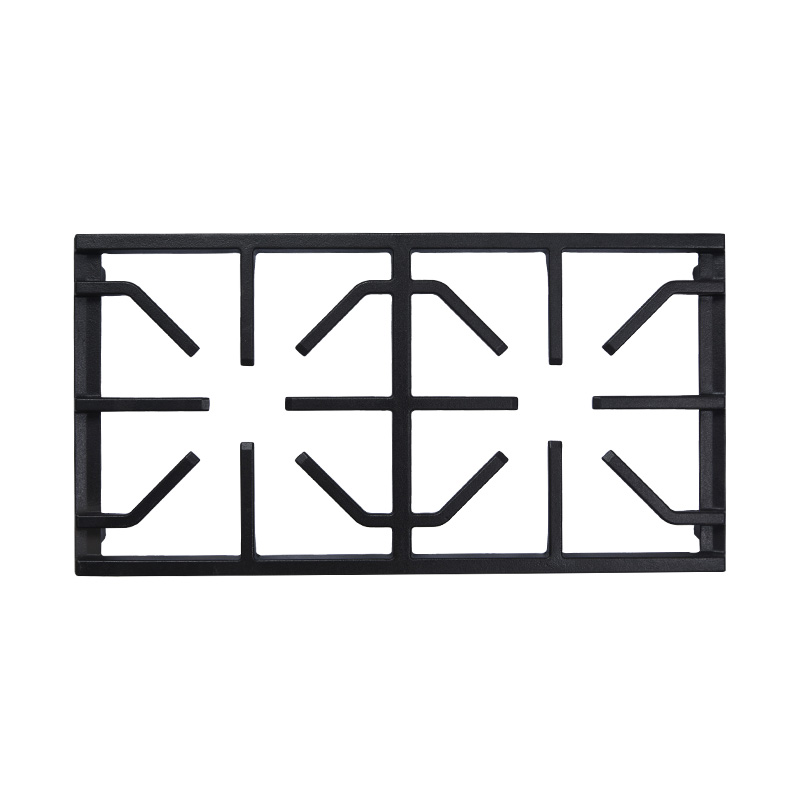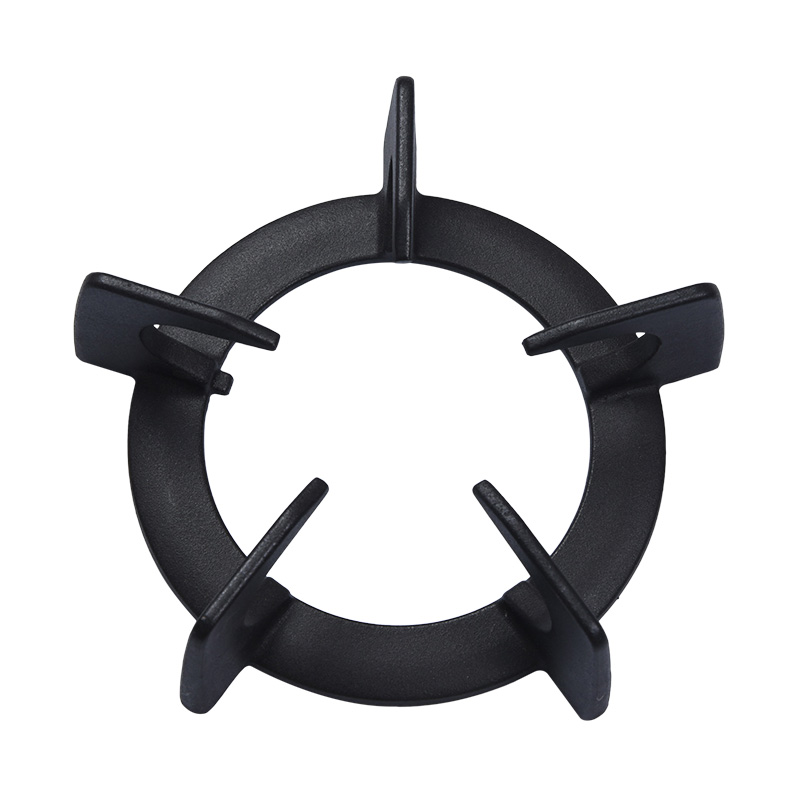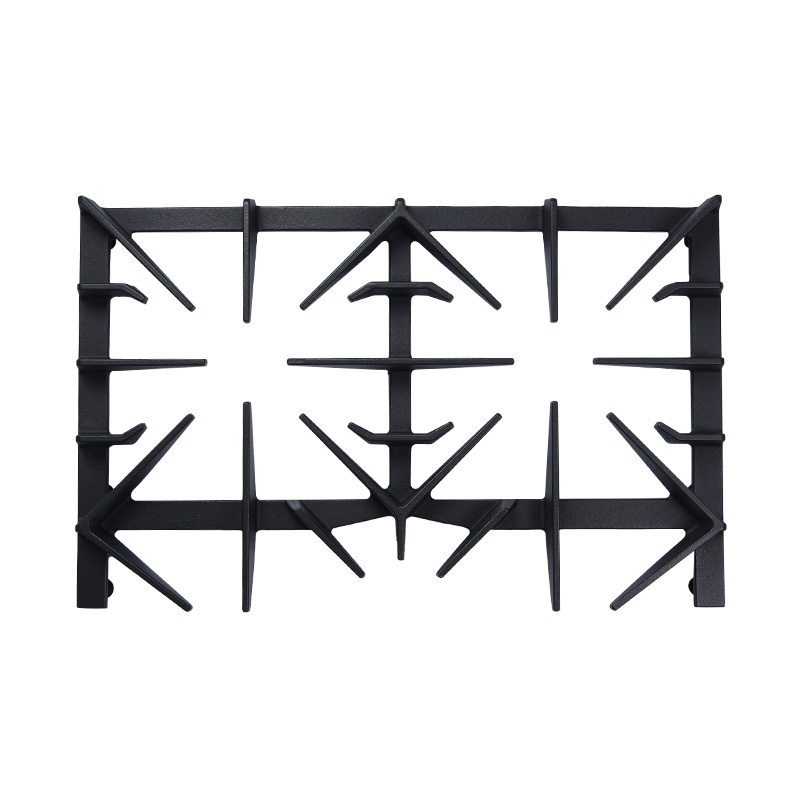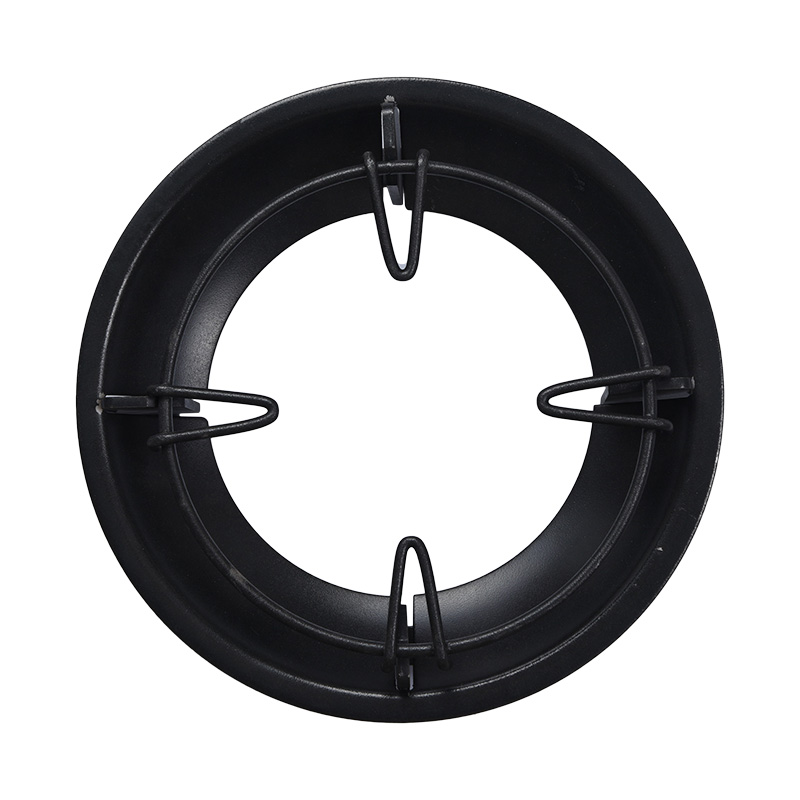1. What is Desktop Lpg Stove Support?
A desktop LPG stove support is a device specifically used to support a desktop LPG stove. LPG stoves are cooking appliances that use liquefied petroleum gas (LPG) as fuel and are widely used in homes, restaurants and outdoor activities. In order to ensure safety and convenience during use, LPG stoves usually need to be equipped with a sturdy support to provide stable support.
These supports are usually made of high-temperature and corrosion-resistant materials such as stainless steel, aluminum alloy or special heat-resistant plastics. The choice of materials is to ensure that the support will not deform or damage in a high-temperature environment, thereby ensuring the stability and safety of the stove. In addition, these materials also have good corrosion resistance and can cope with oil and water vapor erosion that may occur during cooking.
The design of desktop LPG stove supports usually takes into account a variety of factors. The first is stability. The support must be able to firmly support the stove to prevent it from tipping over due to external force during use. The second is convenience. The support should be easy to install and disassemble, so that users can use it in different scenarios. In addition, the height and angle design of the bracket also need to conform to ergonomic principles to ensure that users can maintain a comfortable posture when cooking and reduce fatigue caused by long-term operation.
In practical applications, desktop LPG stove brackets not only play an important role in home kitchens, but are also widely used in outdoor activities. For example, in outdoor activities such as camping and picnics, portable LPG stoves have become the preferred cooking equipment for many people, and a sturdy bracket is the key to ensuring its safe use. In these scenarios, the portability and durability of the bracket are particularly important. Many outdoor-specific brackets are designed to be both light and strong, and can adapt to various complex environments.
2. Why is the desktop LPG stove stand so important?
Safety Assurance
LPG is an efficient fuel, but there are certain safety risks in its use. One of the main functions of the desktop LPG stove stand is to provide a stable support to prevent the stove from tipping over due to accidental collision or improper operation during use. Such a design greatly reduces safety hazards such as fire and scalding. For example, during boiling, liquids are easy to overflow. If the stove is unstable, hot liquids may splash out, causing scalding or even fire. A stable stand can effectively prevent this from happening.
LPG itself is flammable and may cause serious safety accidents after leakage. A stable stand can ensure that the gas pipeline and joints are not twisted or stretched during use, thereby reducing the risk of gas leakage. Especially when there are elderly and children in the family, a stable stand can greatly improve the overall safety of use.
Improved stability
A high-quality stand not only provides physical support, but also maintains the stability of the stove during cooking. This is particularly important because the pot may move to a certain extent due to stirring or frying during cooking. If the bracket is not stable enough, the pot may slide or tilt, causing the ingredients to spill or tip over, which not only affects the cooking effect, but also increases the trouble of cleaning.
A stable bracket can also make cooking more efficient. For example, when frying, the ingredients need to be quickly stir-fried at high temperature. If the stove is unstable, the ingredients are heated unevenly, which will affect the taste and quality of the dishes. A stable bracket can ensure that the pot is heated evenly and improve the cooking effect.
Extend the life of the equipment
During the use of the liquefied petroleum gas stove, if it is in direct contact with the tabletop, it may be damaged due to frequent friction and heat conduction. The use of the bracket can effectively reduce this wear and tear, thereby extending the service life of the stove. Especially in commercial kitchens, the stove is used frequently, and the protective effect of the bracket is more obvious.
The liquefied petroleum gas stove works in a high temperature environment. If it is in direct contact with the tabletop for a long time, it may cause aging and damage to the tabletop material. The bracket can isolate the stove from the tabletop, reduce the impact of high temperature on the tabletop, and thus protect the overall quality and beauty of the kitchen facilities.
3. How to choose the right Desktop Lpg Stove Support?
Material selection
Material is the primary consideration for bracket selection. High-quality brackets should be made of high-temperature resistant and corrosion-resistant materials. Common materials include stainless steel, aluminum alloy and special heat-resistant plastics.
Stainless steel: Stainless steel brackets are widely popular for their excellent corrosion resistance and high-temperature stability. Stainless steel is durable and can withstand the heat in high-temperature cooking environments. It is not easy to rust and is suitable for long-term use.
Aluminum alloy: Aluminum alloy brackets have the advantages of light weight and fast heat conduction, which are very suitable for outdoor cooking environments that need to be moved frequently. In addition, aluminum alloy also has a certain degree of corrosion resistance, but it may not be as durable as stainless steel in strong acid and alkali environments.
Special heat-resistant plastic: This material is usually used for lightweight portable brackets, suitable for outdoor activities such as camping and picnics. Although the high-temperature resistance is not as good as metal materials, it is light and easy to carry, making it an ideal choice for some special occasions.
Size matching
When choosing a bracket, size matching is particularly important. The size of the bracket should match the size of the stove to ensure that the stove can be placed firmly on the bracket. A bracket that is too large may cause the stove to be unstable, while a bracket that is too small may not provide sufficient support.
Before purchasing a bracket, users should measure the bottom size of the stove and choose a suitable bracket according to the specific model of the stove. Especially for stoves with multiple burners, it is necessary to ensure that each burner has sufficient support area to prevent instability or tilting during use.
Design and structure
The design and structure of the bracket directly affect its ease of use and stability. A good bracket design should conform to ergonomic principles and facilitate users to operate during use.
Height design: The height of the bracket should be moderate, neither too high nor too low. A bracket that is too high may cause users to bend over or tiptoe during operation, increasing the difficulty and fatigue of operation; a bracket that is too low may cause hot air to hit the face during cooking, affecting the user experience.
Structural stability: The structure of the bracket should be stable and have good load-bearing capacity. Especially when performing cooking operations such as frying and stir-frying that require frequent stirring, the stability of the bracket is particularly important. Multi-point support and anti-slip design are the key to ensuring structural stability.
Convenience: The bracket should be easy to install and disassemble, making it convenient for users to use in different occasions. For stands used outdoors, portability is particularly important, and folding design and lightweight materials are good choices.


 English
English 中文简体
中文简体 Español
Español русский
русский
